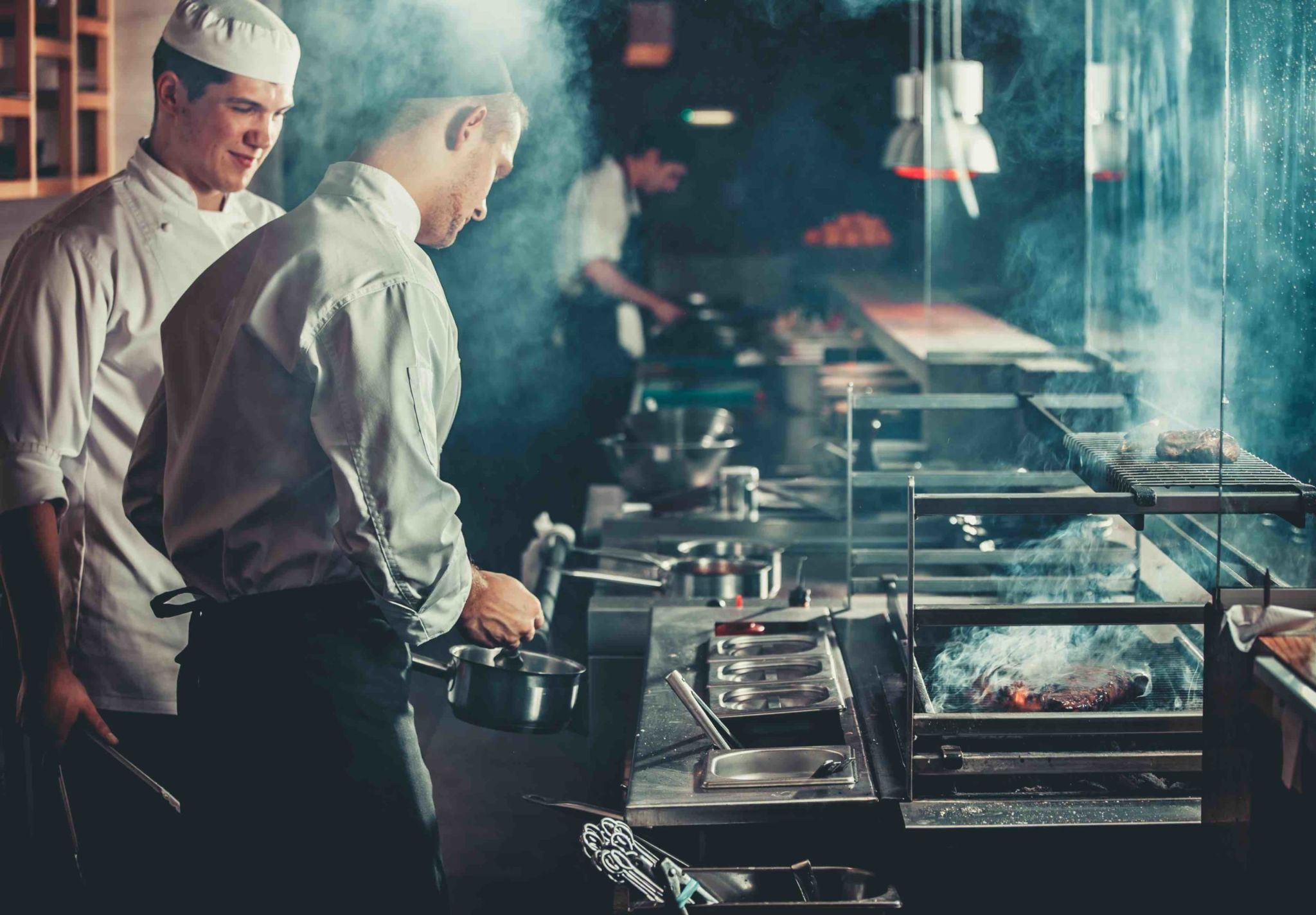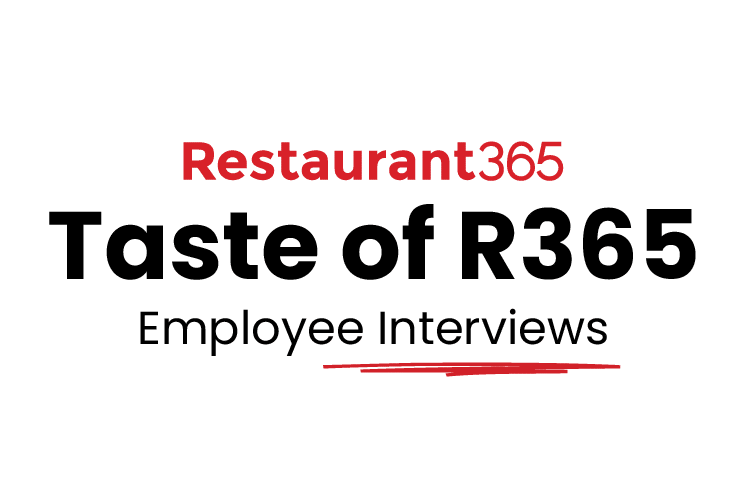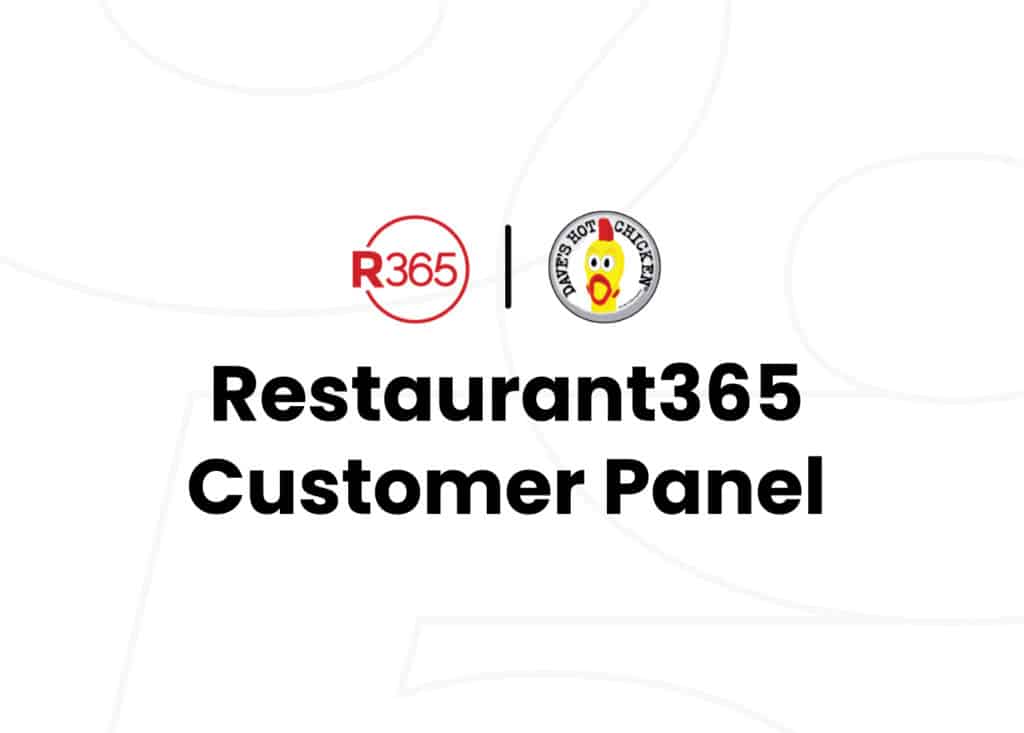Your restaurant labor cost and labor percentage are two of the most essential business metrics to track, especially as minimum wages rise around the country. Labor is one of the biggest expenses for a restaurant. With the many moving pieces in a restaurant, labor costs are also always changing, requiring daily, weekly, and quarterly tracking and reporting.
Labor cost is a significant part of your prime cost, a metric many restaurant owners use to analyze the efficiency of restaurant operations. Prime cost, made up of the total cost of goods sold (CoGS) and the total labor cost, represents most of the controllable expenses for a restaurant. Your prime cost, including your labor cost, is where you can improve to add more profit to your bottom line.
The methods for controlling restaurant labor costs vary by the type of restaurant. A quick service restaurant versus a full-service fine dining restaurant have different labor cost standards and require different approaches. As minimum wages rise around the country, location and locale also impact your restaurant labor cost. Knowing how to calculate labor cost percentage allows you to monitor this large expense and streamline your labor operations.
Calculating Restaurant Labor Cost by Hours Worked
Understanding your labor starts with calculating your fully burdened labor cost, the total amount your restaurant spends on labor. This includes wages for salaried and hourly employees, as well as all other costs associated with labor—bonuses, overtime, payroll taxes, and employee benefits like health care and sick or vacation days.
Because labor cost includes so many different variables, it is helpful to segment your labor cost by roles to get a detailed view. Grouping positions that vary between hourly and salary pay, like front-of-house staff (servers, hosts, and bartenders), back of house kitchen staff (cooks, dishwashers), and management staff, can help you track labor cost on a more granular level.
Once you divide the labor, you are able to analyze the labor cost of different teams. Perhaps a manager can replace a front-of-house position during the slowest periods of the day, or a bartender can be replaced by two servers. With this detailed understanding, you can test different combinations of staff and shifts to streamline your labor costs.
What is Labor Cost Percentage?
Calculating your labor cost is certainly important for your restaurant operations, but that number alone doesn’t tell you everything you need to know. The most important labor metric is calculating labor cost as a percentage, which allows you to track the money you spend on labor to produce revenue. Most restaurant owners track labor cost as a percentage of total sales.
How to Calculate Restaurant Labor Cost Percentage
The most common percentage calculation is labor cost as a percentage of total sales over a certain period of time.
Total Labor Cost / Total Sales = Labor cost as a percentage of total sales
If you wanted to calculate your labor cost percentage of total sales for the week, first, you would determine your restaurant’s labor cost for the week (including all wages, payroll taxes, and benefits paid out through that time period). Then, you would need to pull your restaurant’s revenue, the amount of sales before taxes or other deductions are made, from your restaurant’s Point of Sale (POS) system. Finally, you would divide your weekly labor cost by the weekly revenue.
Say your restaurant paid $3,000 to your employees in a week and brought in $9,000 in revenue. The labor cost percentage calculation would look like this:
3,000 / 9,000 = 0.33 = 33%
What Is a Good Percentage of Labor Cost?
A healthy percentage of labor costs guideline varies by industry and your particular restaurant’s business model. Most restaurants aim for labor cost percentage somewhere between 25%-35% of sales, but that goal may vary by restaurant industry segment:
- 25%: quick service restaurants with less specialized labor and faster customer transactions
- 25-30%: casual dining, depending on the menu and methods of service
- 30-35%: fine dining, depending on in-house food production and service components
While these industry benchmarks can be helpful to indicate your performance in the industry, every restaurant has different challenges, strengths, and sticking points.In addition, calculating labor cost as a percentage of sales may be a guideline, but it doesn’t provide all the detail necessary to implement improvements. For instance, different job categories may have completely different labor metrics, or a holiday or special event may skew your labor reporting. Knowing a number without understanding the big picture behind it can make it difficult to make improvements in the long-term. High labor costs can be the symptom of many different issues, and a quick fix of just cutting hours or paying low wages may only be a bandage on a deeper problem.
Understanding the story behind your labor cost is especially important as restaurant owners around the country address the repercussions of a rising minimum wage.
How to Control Labor Costs with a Rising Minimum Wage
Restaurants all over the country, in different states, counties, and cities are experiencing new mandates and regulations raising the minimum wage. According to the New York Times, twenty nine states and the District of Columbia currently have state-level minimum wages higher than the federal minimum wage, making the effective minimum wage (what the average worker must be paid) at least $11.80 per hour.
Rising minimum wages come with regulatory complications about tipped, hourly, and other types of labor that can make a restaurant manager’s head spin. For example, beginning in 2020, the city of Seattle increased the minimum wage differently for different companies. Companies employing more than 500 workers have required minimum pay increases from $16 an hour to $16.39 per hour. Companies with fewer than 500 workers have required minimum pay increases from $15 to $15.75 per hour—if the company does not contribute $2.25 per hour to medical benefits or the employee does not earn $2.25 per hour in tips.For restaurant companies with locations in 10 states and 23 cities, keeping track of anywhere between 10 to 23 different minimum wages in each location for reporting purposes is a monumental task. However, some restaurant operations software now offers tools to stay compliant with multiple minimum wage laws. Instead of spreadsheets or documents for each location, a minimum wage adjustment report can pull information for each employee underneath a selected job type to monitor the pay each employee should receive versus how much they earned. This allows restaurant owners to see the amount of money needed to pay a worker if they did not reach the minimum wage required.
Technology tools like a minimum wage adjustment report can help restaurant owners adapt to the pressure of increasing wages. Facing rising labor costs without decreasing the level of quality or service in your restaurant requires finding ways to be more efficient in labor.
Restaurant scheduling software tools like reusable templates, or a free employee app, can proactively help a manager create and communicate a streamlined staff schedule. Scheduling software can help a manager cut down on errors, spot potential overtime issues, or even regulate the windows that employees can clock in or clock out.
Your restaurant scheduling should also account for reporting and metrics about labor categories, day parts, and seasonality. With new sales forecasting tools, facilitated by POS system integration, you can track trends to avoid being over or understaffed.
Finally, investing in staff retention can help lower your labor costs in the long-term. Initiatives like cross-training programs and staff appreciation can make employees less likely to leave, making your labor more productive and reducing costs associated with high turnover.
Conclusion
Understanding how to calculate your labor cost percentage is a beneficial long-term strategy to keep your restaurant healthy. With minimum wages rising around the country, being proactive and informed in your labor cost strategy is more important than ever.
If you want an easy, efficient way to get started understanding your labor cost, check out Restaurant365’s Restaurant Labor Cost Calculator, a free tool to understand how much you spend on labor as a percentage of your sales.
Restaurant365 incorporates smart scheduling software, accounting software, restaurant inventory management software, and restaurant operations software into an all-in-one, cloud-based platform that’s fully integrated with your Point-of-Sale system, as well as to your food and beverage vendors, payroll vendor, and bank. To learn more about optimizing your labor costs, read the e-book, Guide to Restaurant Labor Regulations and Wages.



